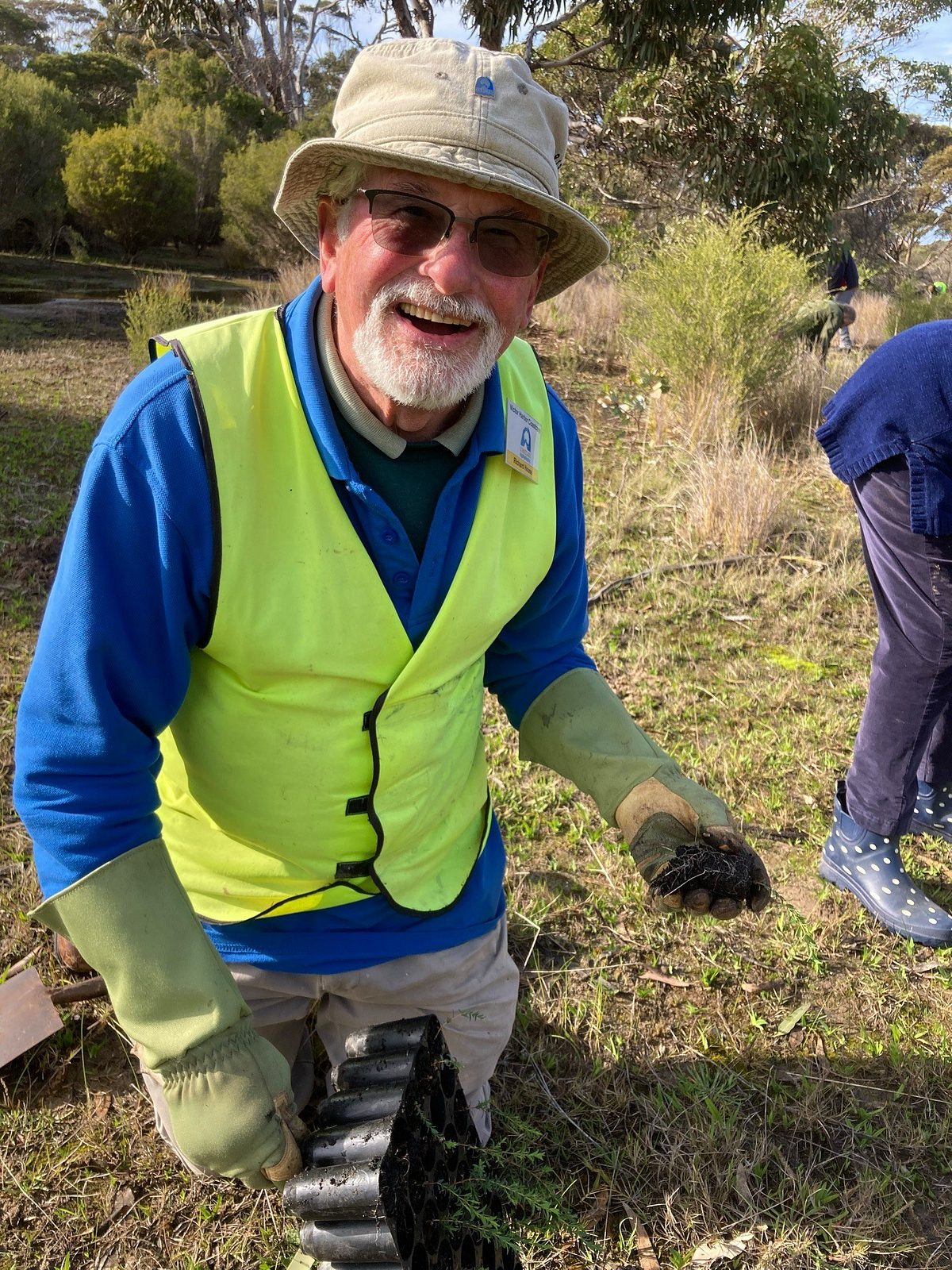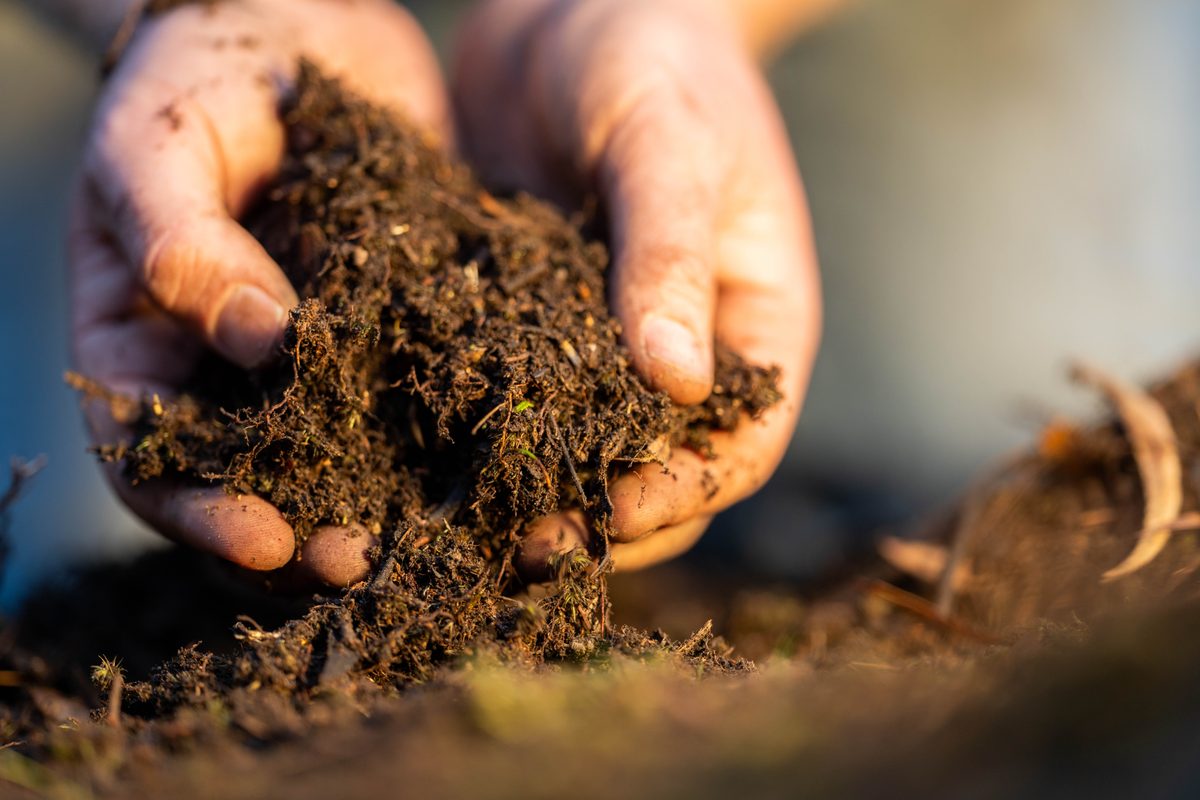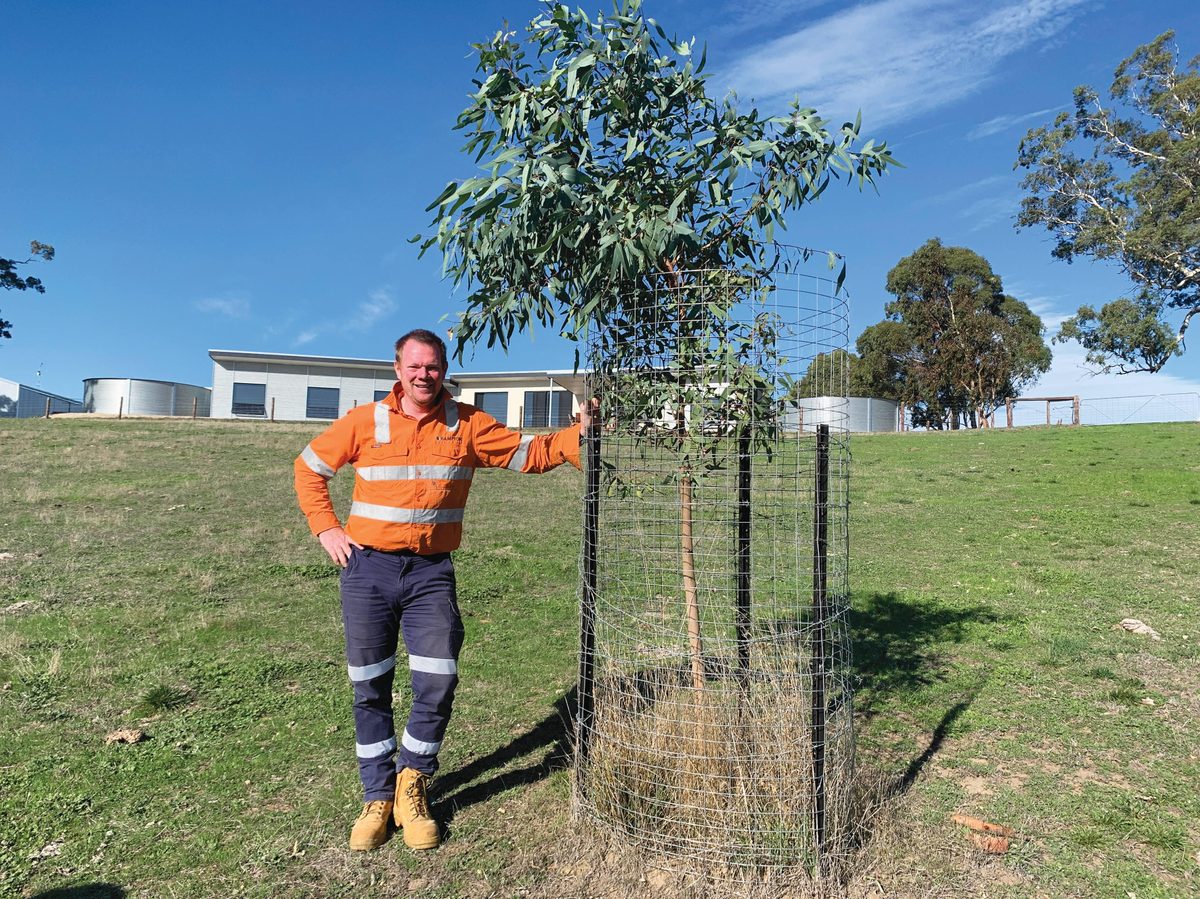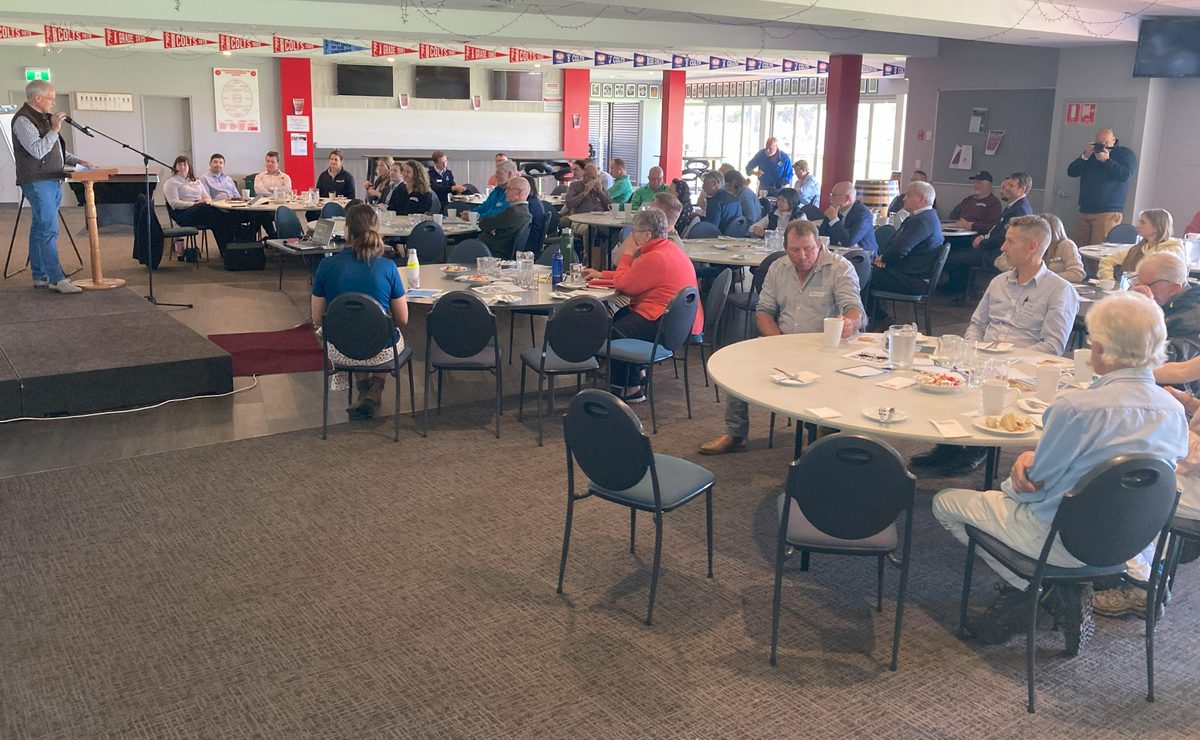Late-season reveg comes with special considerations
What do you love about winter?
Some love nothing more than getting muddy and planting a new generation of native seedlings in the ground. It’s such an optimistic and wholesome feeling to play a part in creating habitat and biodiversity, wondering how it’ll look, and what special creatures it’ll attract in years to come.
If you’re planning any reveg at your place this year, Landscapes Hills and Fleurieu can offer some timely advice about being prepared without biting off more than you can chew.
“We’re so fortunate that our community is rich with dedicated volunteers, groups and land managers who spend many a winter-weekend doing just that. Many planting days have already taken place this season, and those still to come have been meticulously planned and prepared – well before the rains soaked the soil,” said Billy-Jo Brewer, Stewardship Officer from Landscapes Hills and Fleurieu.
“It’s really important to think about site preparation, species selection and how to protect the precious seedlings.”
There are a number of factors to take into consideration, and this list covers a few things to be aware of, and how you might get on the front foot for next year.
- Planning and preparation is everything – Know your site so that you can select species that thrive in those conditions. For example, different species grow at the top of a dry hill compared to a low lying damper position. How many plants you will need? Your local community nurseries can help with appropriate, endemic species selection for your site. For large-scale projects, this should be planned and tubestock ordered the year before, so start thinking now about next year – don’t just buy what is available for the sake of it.
- Protect from predators - Newly planted seedlings offer a tender delicious snack to rabbits, kangaroos, livestock and other browsing animals, so they need protection from the get-go. In planning your revegetation project, look at how you will protect plants both in the short term as tiny seedlings, and in the longer term as young trees and shrubs. There are options ranging from inexpensive tree guards, to large scale deer and kangaroo exclusion fencing. Seedlings are often grown by dedicated community nursery volunteers and it is heartbreaking to have their efforts eaten shortly after planting. To put it all in perspective, a recent regional survey found that 17% of last year’s Reveg Festival plantings died. Of these, half were lost due to being eaten by herbivores!
- Water well – Native seedlings still need watering in their early life, especially over summer. With the Bureau of Meteorology issuing a 70% chance of El Nino forming this year, when planning where your reveg will be located and at what scale, consider how you will water your plants.
- Have a weed control plan – Reveg sites need weed control undertaken before planting (spraying exotic grasses or removing weeds by hand), but you will also need to keep an eye on the weeds for the first few years. Exotic grasses can smother or overwhelm young plants, and compete for valuable light, nutrients and water. You need an integrated plan for control.
“While it may be too late to start a reveg plan for this season, it’s the perfect time to prepare for next year. You can think about site selection, take time and enjoy researching the right species, draw up a weed control plan, and consider how you will water your seedlings and protect them from herbivores - by the time summer hits, you will have other jobs to think about!” said Billy-Jo.
Our online revegetation guide goes into much more detail, be sure to check it here.




